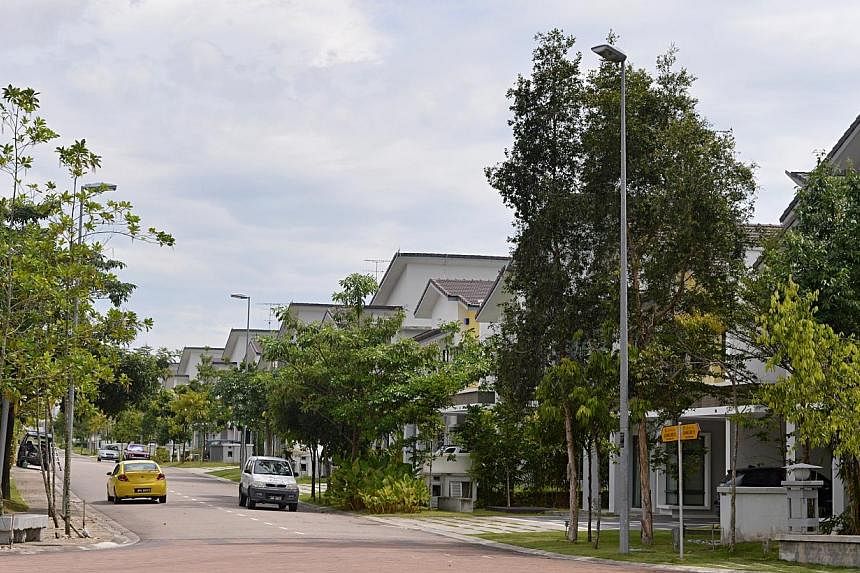SINGAPORE - A weakening economy at home and the prospect of higher interest rates on the horizon seem to have cooled Singaporean investors' fervour for foreign homes.
Singaporeans bought about $1.1 billion worth of overseas properties in the first half of this year, down from over $1.6 billion in the same period last year, the Monetary Authority of Singapore (MAS) said on Thursday.
In the whole of last year, locals snapped up $3 billion worth of overseas homes, up from $1.9 billion in 2012.
"Nonetheless, real estate agencies in Singapore have seen increased interest in overseas property purchases, from across a broader spectrum of Singapore buyers," the MAS said in its latest Financial Stability Review.
Properties in Great Britain, Malaysia and Australia accounted for 91 per cent of total transactions by value in the first six months of this year and 76 per cent by number, the MAS revealed.
Singaporeans also bought properties in Japan, the Philippines and Thailand.
The data is based on an MAS survey that collected figures on overseas properties transacted by real estate agencies in Singapore.
Local banks' exposure to foreign property loans remained low, the MAS added, comprising less than 2 per cent of their total housing loan books.
"The lower price quantums of properties in some markets might have made them more attractive to lower- and middle-income households," the MAS said, adding that Singaporeans should be mindful of additional risks associated with overseas property purchases.
Meanwhile, property cooling measures at home have tempered the growth of outstanding housing loans here, the MAS noted.
At its peak, property loans grew 23 per cent in August 2010 from the same month the year before. But in September this year, property loans grew just 6 per cent from a year ago.
The volume of new housing loans, which generally tracks housing transactions, contracted from $11.4 billion in the second quarter of last year to $6.7 billion in the third quarter of this year, the MAS added.
Singaporeans are also more prudent when taking out loans. The share of new private housing loans with loan-to-value ratios above 70 per cent declined from 77 per cent in the second quarter of 2010 to an average of 65 per cent now.
The average tenure of new private housing loans has also declined, from 30 years in 2012 to 25 years in the third quarter of this year.
Borrowers taking multiple loans accounted for 15 per cent of all new housing loans as of the third quarter, down from 30 per cent in 2011.
"The banking system remains sound and is resilient to risks arising from the property market," the MAS said.
"There is a healthy buffer against property price reductions with the average outstanding housing loan-to-value ratio in the banking system just under 50 per cent. The banking system's housing non-performing loans (NPL) ratio - loans that are more than 90 days past due - remained very low."
A slight uptick in their NPL ratio from 0.28 per cent to 0.36 per cent between the first and third quarters of 2014 was attributed to "a handful" of defaults for high-end housing projects, the MAS said.
The proportion of housing loan holders in arrears - holders of loans that are more than 30 days past due - was less than 1 per cent as of the third quarter.


